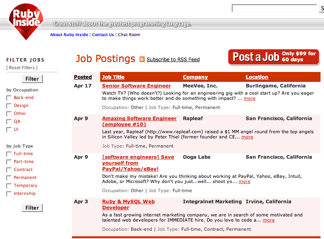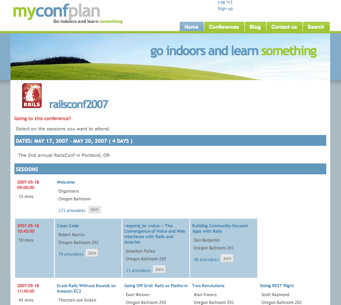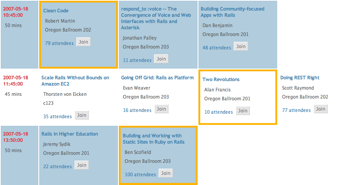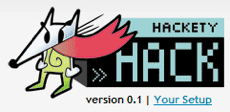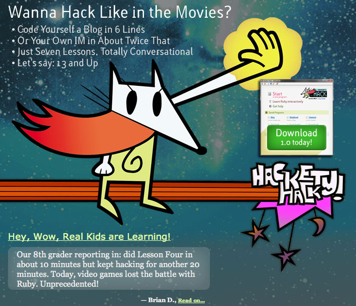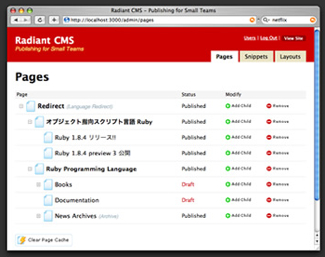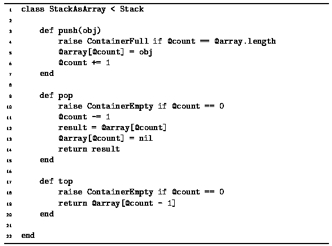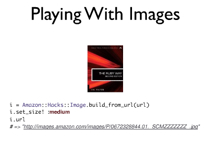
Ian Ozsvald wrote to tell me that ShowMeDo now features a new series of introductory Ruby videos by Chinmoy Gavini. There are currently five videos in the series and they start off with a basic walkthrough of irb and Ruby’s basic features, moving on to topics such as creating and using classes, deep copy versus shallow copy, regular expressions, marshaling, and CSV. Read More







